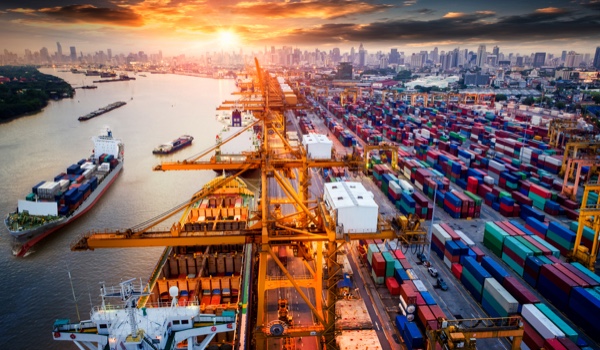


MILAN - Supply-chain disruptions are severely hampering the global economic recovery. It is a strange situation in many ways. The types of products and services affected by delays and shortages, including a wide range of intermediate goods, from commodities to semiconductors, and the final products that depend on them, resemble what one would see in a wartime economy. These disruptions took us largely by surprise.
In fact, in the first quarter of this year, growth was overwhelmingly projected to accelerate, and experts were not exactly sounding the alarm that supply would fail to keep up. Yes, influential macroeconomists did warn that the combination of highly accommodative monetary policy, elevated household-savings balances, pent-up demand, and massive fiscal spending significantly increased the risk of inflation. And, yes, those forecasts, which appear increasingly prescient, implied that a surge in aggregate demand, fueled by a wall of liquidity and frothy asset prices, could outpace supply. But the likely duration of the imbalance remained unknown, and many argued that inflation and, by extension, supply disruptions, would be ‘transitory.’
Many observers remain convinced that this is the case, but participants in global supply chains increasingly predict that the shortages, backlogs, and imbalances between supply and demand will persist well into 2022, and perhaps longer.
It seems clear that, for some significant period, global economic growth will be constrained by supply, a sharp contrast from the years after the 2008 global financial crisis. Although the surge in demand may be larger than mid-pandemic forecasts indicated, it was the basis for the high growth projections in the pandemic recovery period.
That makes it all the more important to address two fundamental supply-side questions. First, are there underlying supply constraints that will persist even after pandemic-related blockages are cleared?
The content herein is subject to copyright by Project Syndicate. All rights reserved. The content of the services is owned or licensed to The Yuan. The copying or storing of any content for anything other than personal use is expressly prohibited without prior written permission from The Yuan, or the copyright holder identified in the copyright notice contained in the content. Continue with Linkedin
Continue with Linkedin
 Continue with Google
Continue with Google









 1086 views
1086 views








